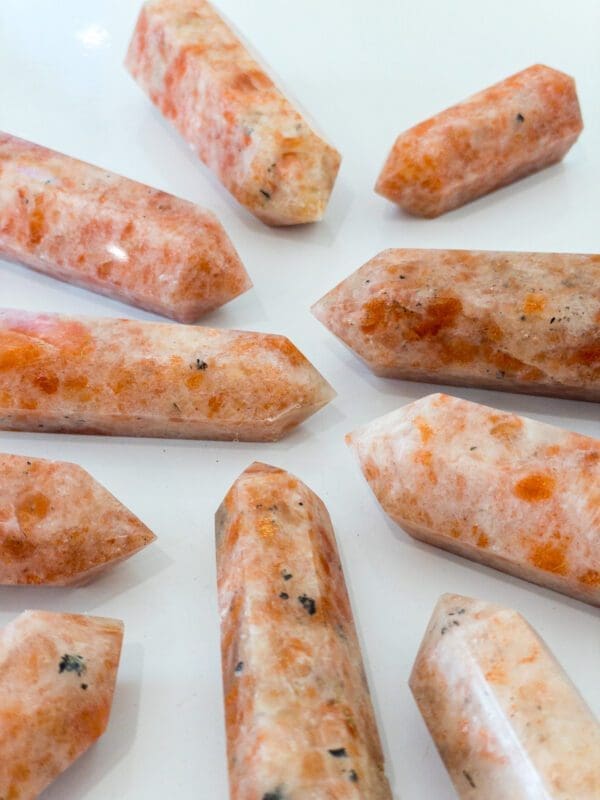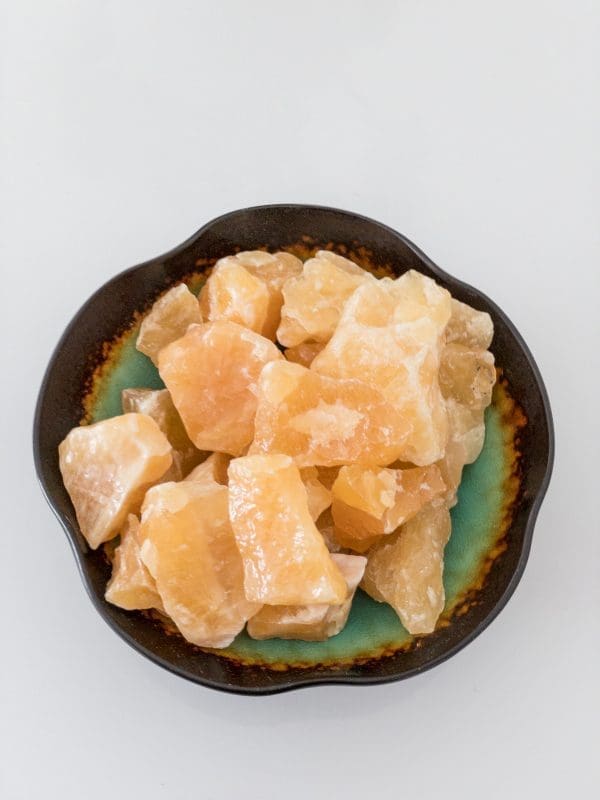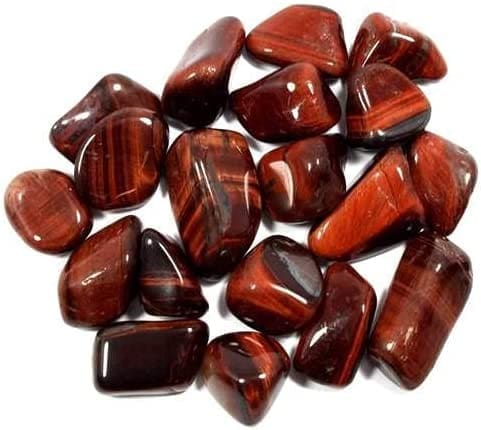Golden topaz is a beautiful gemstone that captures the attention with its sparkling golden hues. But have you ever wondered about the geology behind this stunning mineral? Found primarily in Brazil, golden topaz is a variety of the mineral topaz and is known for its yellow to orange colors. In this blog post, we’ll delve into the geology of golden topaz and discover its unique properties and formation process.
First, let’s talk about the origins of golden topaz. The mineral is primarily found in Brazil, specifically in the state of Minas Gerais. It is mined from granitic and gneissic rocks, as well as alluvial deposits. Golden topaz can also be found in other countries, such as Russia, Pakistan, and the United States, but the Brazilian deposits are known for producing the highest quality gemstones.
So, what makes golden topaz so special? For one, it is a very hard mineral, ranking at 8 on the Mohs scale of mineral hardness. This makes it suitable for use in jewelry and other decorative items. Golden topaz is also quite durable and resistant to scratching and chipping, which adds to its value as a gemstone. In addition to its physical properties, golden topaz is also known for its unique color. The yellow to orange hues of the mineral are caused by the presence of iron and chromium impurities in the crystal structure.
The formation of golden topaz is a complex process that involves a variety of geological conditions. The mineral is typically formed in high-temperature and high-pressure conditions, such as those found in granitic and gneissic rocks. It is also found in alluvial deposits, which are areas where it has been transported and deposited by water. The specific conditions needed for the formation of golden topaz are still not fully understood, but it is thought that the presence of certain minerals, such as quartz and feldspar, may play a role in its formation.
In terms of its uses, golden topaz is most commonly used as a gemstone in jewelry. It is also sometimes used in decorative objects and as a collectors’ item. The value of a golden topaz gemstone is based on a variety of factors, including its color, clarity, cut, and carat weight. The most valuable golden topaz gemstones are those with a deep, rich color and excellent clarity.
Golden topaz is not only valued for its physical properties and beauty, but it also holds a place in various cultural and symbolic contexts. In some cultures, the gemstone is believed to have healing properties and is thought to bring good luck and prosperity. It is also sometimes associated with love and relationships, and is believed to bring balance and harmony.
In conclusion, golden topaz is a fascinating and beautiful gemstone with a complex geology. Its unique properties and formation process, along with its cultural and symbolic significance, make it a truly special mineral. Whether you’re a geologist, a jewelry enthusiast, or simply someone who appreciates the beauty of nature, golden topaz is a mineral that is well worth exploring.









